Home>Home Appliances>Laundry Appliances>How To Start The Washing Machine
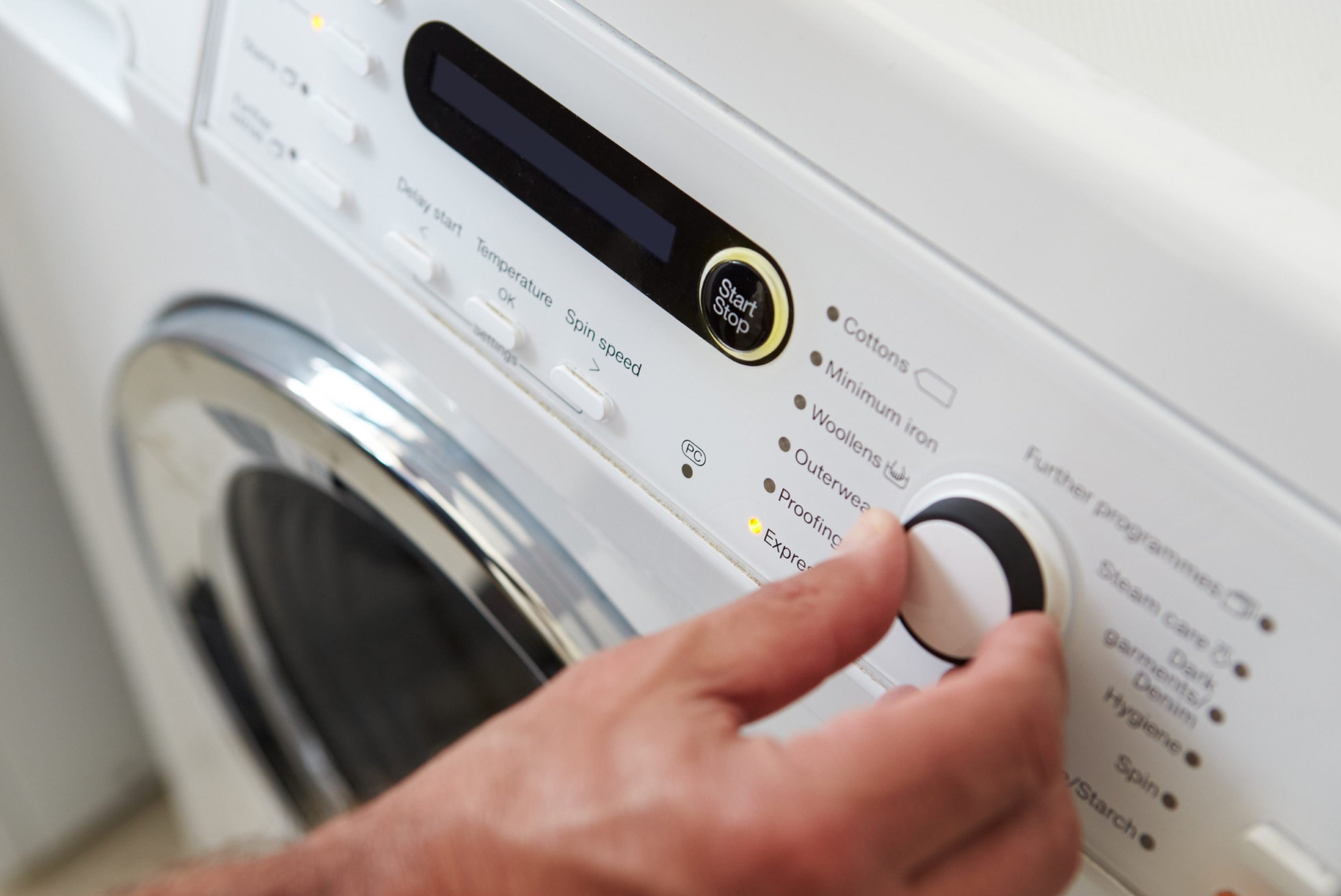

Laundry Appliances
How To Start The Washing Machine
Published: February 23, 2024
Learn how to start the washing machine and efficiently manage your laundry appliances. Get expert tips for a hassle-free laundry routine.
(Many of the links in this article redirect to a specific reviewed product. Your purchase of these products through affiliate links helps to generate commission for Storables.com, at no extra cost. Learn more)
Preparing the Laundry
Before starting the washing machine, it's essential to properly prepare the laundry to ensure optimal cleaning results. Here's a step-by-step guide to help you get your laundry ready for the wash cycle:
-
Sort the Laundry: Begin by sorting your laundry into separate piles based on the type of fabric and color. This step is crucial to prevent colors from bleeding onto lighter fabrics and to ensure that delicate items are not damaged during the wash cycle. Separate whites, light colors, dark colors, and delicates to maintain the quality of your garments.
-
Check the Care Labels: Take a moment to review the care labels on your clothing items. These labels provide valuable information about the recommended water temperature, wash cycle, and any special instructions for the fabric. By following the care labels, you can help prolong the lifespan of your clothes and maintain their quality.
-
Empty Pockets and Fasten Zippers: Before loading the laundry into the washing machine, be sure to empty all pockets and check for any items that could potentially damage the garments or the washing machine. Fasten zippers, buttons, and hooks to prevent them from snagging or causing damage during the wash cycle.
-
Pre-Treat Stains: If you have clothing items with stubborn stains, it's a good idea to pre-treat them before placing them in the washing machine. Use a stain remover or a gentle detergent to target the stains and allow the solution to penetrate the fabric before washing. This extra step can significantly improve the chances of removing tough stains effectively.
-
Load the Laundry: Once the laundry is sorted and prepared, it's time to load the garments into the washing machine. Avoid overloading the machine, as this can impact the effectiveness of the wash cycle and may lead to wrinkled or unevenly cleaned clothes. Follow the manufacturer's guidelines regarding load capacity to ensure optimal washing results.
By taking the time to properly prepare your laundry before starting the washing machine, you can maximize the cleaning efficiency and maintain the quality of your clothing. This attention to detail sets the stage for a successful wash cycle and helps to preserve the longevity of your garments.
Key Takeaways:
- Properly prepare your laundry by sorting, checking care labels, emptying pockets, pre-treating stains, and loading the machine for optimal cleaning results and garment longevity.
- Select the right detergent, understand wash cycle options, and start the machine with confidence to ensure cleaner, fresher, and well-maintained clothing after each wash.
Read more: How To Start A Maytag Washer
Adding Detergent and Fabric Softener
Once the laundry is properly sorted and loaded into the washing machine, the next crucial step is to add the appropriate detergent and fabric softener. This step plays a pivotal role in ensuring that your clothes are thoroughly cleaned and come out of the wash cycle feeling soft and fresh. Here's a detailed guide on how to add detergent and fabric softener effectively:
-
Selecting the Right Detergent: Before adding detergent to the washing machine, it's important to choose the right type of detergent for your laundry. Consider factors such as the fabric type, color, and any special requirements, such as hypoallergenic or eco-friendly options. Always refer to the manufacturer's recommendations for the specific detergent to use with your washing machine, as certain models may require high-efficiency (HE) detergents. Additionally, if you're dealing with heavily soiled items or tough stains, opt for a detergent with powerful stain-fighting properties to ensure thorough cleaning.
-
Measuring the Detergent: Proper measurement of the detergent is crucial to avoid wastage and to prevent residue buildup on your clothes. Refer to the detergent packaging for guidelines on the recommended amount to use based on the load size and soil level. Using too much detergent can lead to excessive sudsing, which may impact the washing machine's performance and leave residue on your clothes. Conversely, using too little detergent may result in inadequate cleaning. Utilize a measuring cup or the detergent cap to ensure accurate dispensing.
-
Adding Fabric Softener: In addition to detergent, fabric softener can be used to enhance the softness and freshness of your laundry. If your washing machine is equipped with a designated fabric softener dispenser, simply pour the recommended amount of fabric softener into the dispenser before starting the wash cycle. Alternatively, if your machine does not have a dispenser, you can add the fabric softener directly to the water during the rinse cycle. Fabric softener helps to reduce static, minimize wrinkles, and impart a pleasant fragrance to your clothes, making them more comfortable to wear.
-
Understanding Specialty Detergents: For specific items such as activewear, baby clothes, or delicate fabrics, consider using specialty detergents tailored to the unique requirements of these garments. Specialty detergents are formulated to address the specific needs of different fabric types, providing gentle yet effective cleaning. When dealing with sensitive skin or allergies, opt for fragrance-free and hypoallergenic detergents to minimize potential skin irritations.
By following these steps to add detergent and fabric softener, you can ensure that your laundry receives the care it deserves during the wash cycle. This attention to detail contributes to cleaner, softer, and more fragrant clothes, enhancing the overall laundry experience.
Selecting the Wash Cycle
The process of selecting the appropriate wash cycle is a crucial step in ensuring that your laundry receives the optimal treatment for effective cleaning while preserving the fabric quality. Modern washing machines offer a variety of wash cycles, each designed to cater to specific fabric types, soil levels, and laundry requirements. By understanding the available wash cycles and their respective benefits, you can make informed decisions to achieve the best results for your laundry.
Understanding Wash Cycle Options
-
Normal/Cotton Cycle: This standard wash cycle is suitable for everyday fabrics and regular soil levels. It provides a thorough cleaning while maintaining the integrity of cotton and durable fabrics. The normal cycle typically involves a longer wash time with vigorous agitation to tackle moderate to heavy soiling.
-
Delicate/Gentle Cycle: Ideal for delicate fabrics such as silk, lace, and lingerie, the delicate cycle employs gentle agitation and lower spin speeds to prevent damage to fragile materials. This cycle is designed to minimize wrinkling and protect delicate garments from excessive wear and tear.
-
Quick Wash Cycle: When time is of the essence and you need to refresh lightly soiled items, the quick wash cycle offers a rapid cleaning option. It is particularly useful for lightly soiled garments that do not require an extensive wash cycle, providing a convenient solution for busy individuals.
-
Heavy Duty Cycle: For heavily soiled items, durable fabrics, or workwear that demands a robust cleaning approach, the heavy-duty cycle is the go-to option. This cycle involves extended wash times, vigorous agitation, and powerful rinsing to effectively tackle stubborn stains and deeply embedded dirt.
-
Permanent Press Cycle: Designed for wrinkle-resistant and synthetic fabrics, the permanent press cycle incorporates gentle agitation and lower spin speeds to minimize wrinkles and creases. This cycle helps maintain the smooth appearance of garments that are prone to wrinkling.
Additional Considerations
-
Temperature Settings: Many wash cycles offer temperature options, allowing you to select the appropriate water temperature based on the fabric type and soil level. Hot water is effective for sanitizing and removing tough stains, while cold water is suitable for delicate items and energy efficiency.
-
Extra Rinse Option: Some wash cycles provide the option for an additional rinse, beneficial for individuals with sensitive skin or allergies. The extra rinse helps ensure thorough removal of detergent residue, providing a more comfortable wearing experience for those with skin sensitivities.
-
Specialty Cycles: Certain washing machines feature specialty cycles tailored for specific purposes, such as sportswear, baby clothes, or bedding. These specialized cycles are designed to address the unique cleaning requirements of these items, offering customized care for optimal results.
By carefully considering the available wash cycle options and their respective features, you can tailor the washing process to suit the specific needs of your laundry. This thoughtful approach ensures that your garments receive the appropriate treatment, leading to cleaner, fresher, and well-maintained clothing after each wash.
Make sure to sort your laundry by color and fabric type before loading it into the machine. This will help prevent any damage or color bleeding during the wash cycle.
Read more: How To Start A Generac Power Washer
Starting the Washing Machine
Once the laundry is sorted, the detergent and fabric softener are added, and the appropriate wash cycle is selected, it's time to initiate the washing machine and commence the cleaning process. This pivotal step sets the entire wash cycle into motion, ensuring that your garments receive the thorough cleaning they deserve. Here's a detailed guide on how to start the washing machine effectively:
-
Load the Washing Machine: After preparing the laundry and adding the necessary cleaning agents, carefully close the washing machine door or lid to secure the load. Ensure that the door is properly sealed to prevent any leaks during the wash cycle. Properly securing the load is essential to maintain the balance of the machine and prevent excessive vibrations during operation.
-
Adjust Settings (If Necessary): Depending on the specific features of your washing machine and the selected wash cycle, you may have the option to adjust additional settings before starting the machine. These settings could include water temperature, spin speed, soil level, and any extra rinse or pre-soak options. Take a moment to review and customize these settings based on the requirements of your laundry load.
-
Initiate the Wash Cycle: With the laundry loaded and the settings adjusted, it's time to start the wash cycle. Depending on the model of your washing machine, simply press the designated start button or turn the control knob to initiate the cycle. Some machines may feature a delay start option, allowing you to schedule the wash cycle to commence at a later time for added convenience.
-
Monitor the Progress: Once the washing machine is in operation, take a moment to monitor the initial stages of the wash cycle. Listen for any unusual sounds or vibrations that may indicate an imbalance in the load. If necessary, pause the cycle to make adjustments and ensure that the machine operates smoothly throughout the entire cleaning process.
-
Wait for Completion: Depending on the selected wash cycle, the washing machine will proceed through various stages, including washing, rinsing, and spinning. Allow the machine to complete the entire cycle to ensure thorough cleaning and effective removal of dirt and detergent residue from your garments.
By following these steps to start the washing machine, you can initiate the wash cycle with confidence, knowing that your laundry is receiving the care and attention it needs for optimal cleaning results. This final step in the process sets the stage for fresh, clean, and well-maintained garments, ready to be enjoyed once the wash cycle is complete.
Frequently Asked Questions about How To Start The Washing Machine
Was this page helpful?
At Storables.com, we guarantee accurate and reliable information. Our content, validated by Expert Board Contributors, is crafted following stringent Editorial Policies. We're committed to providing you with well-researched, expert-backed insights for all your informational needs.
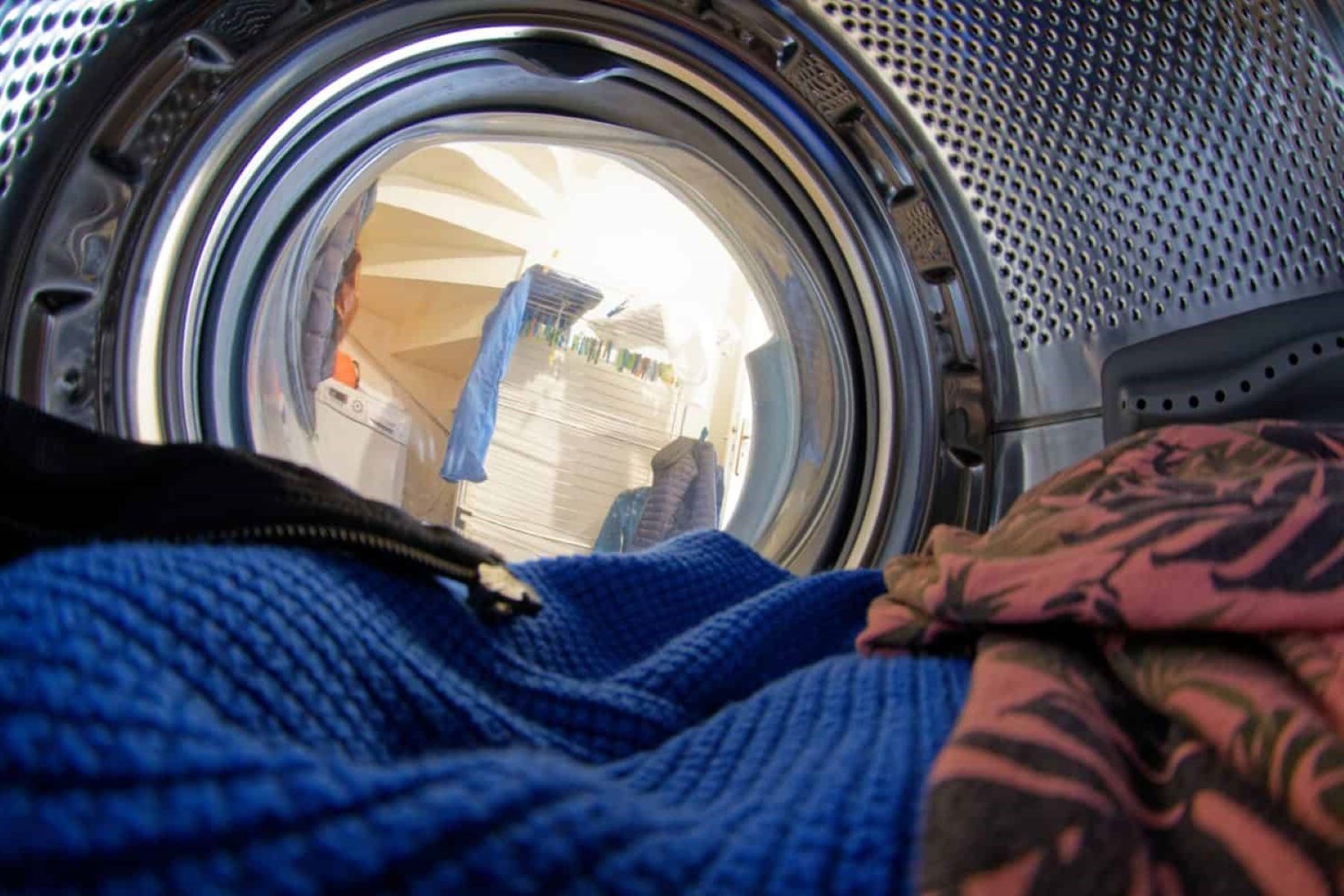

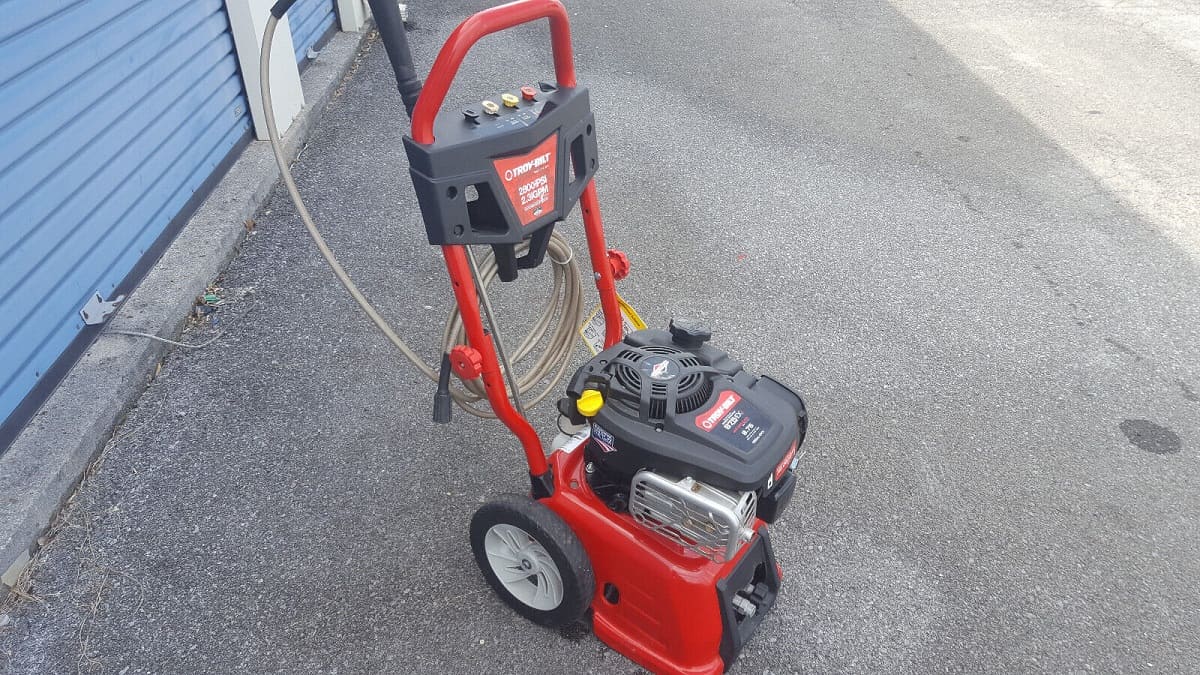

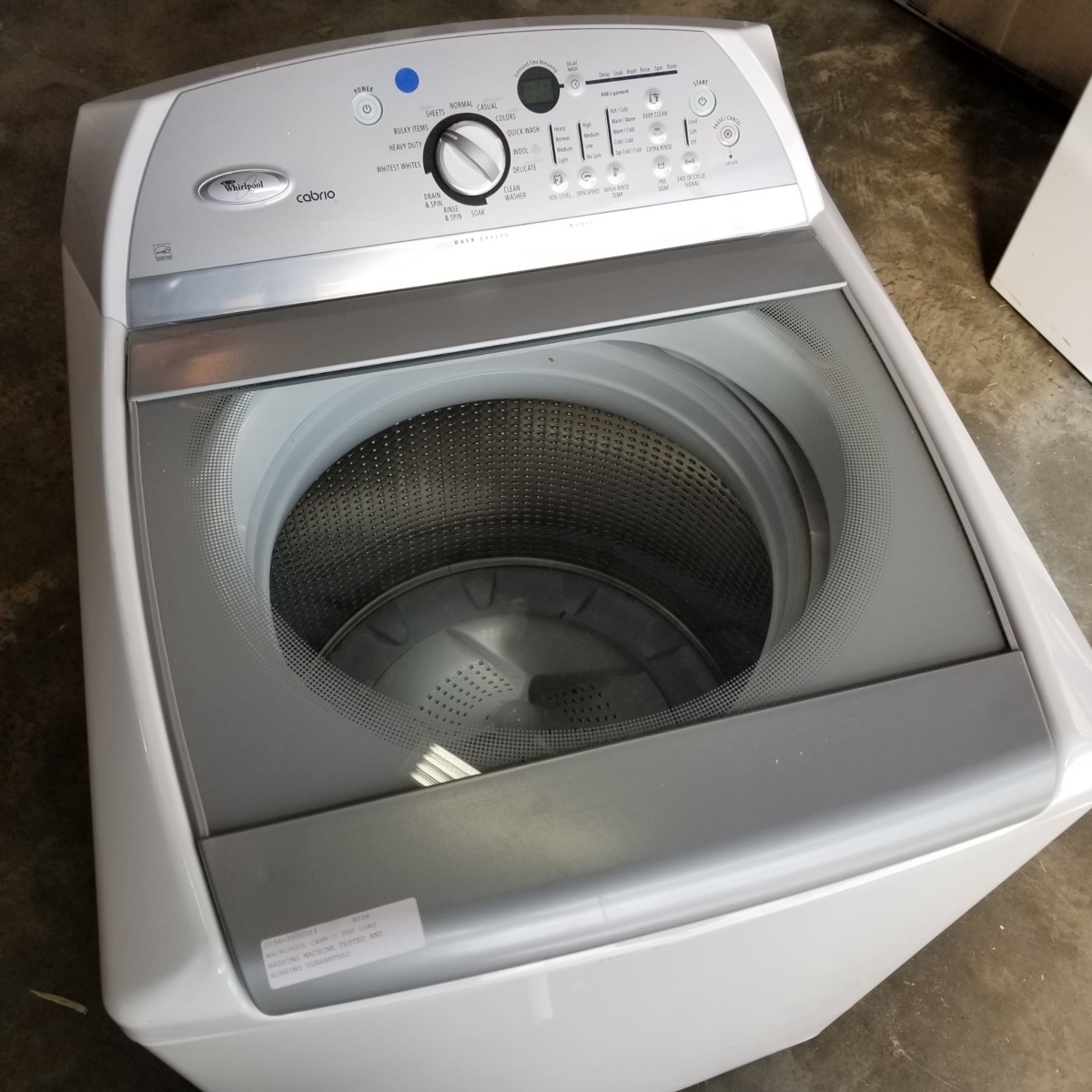





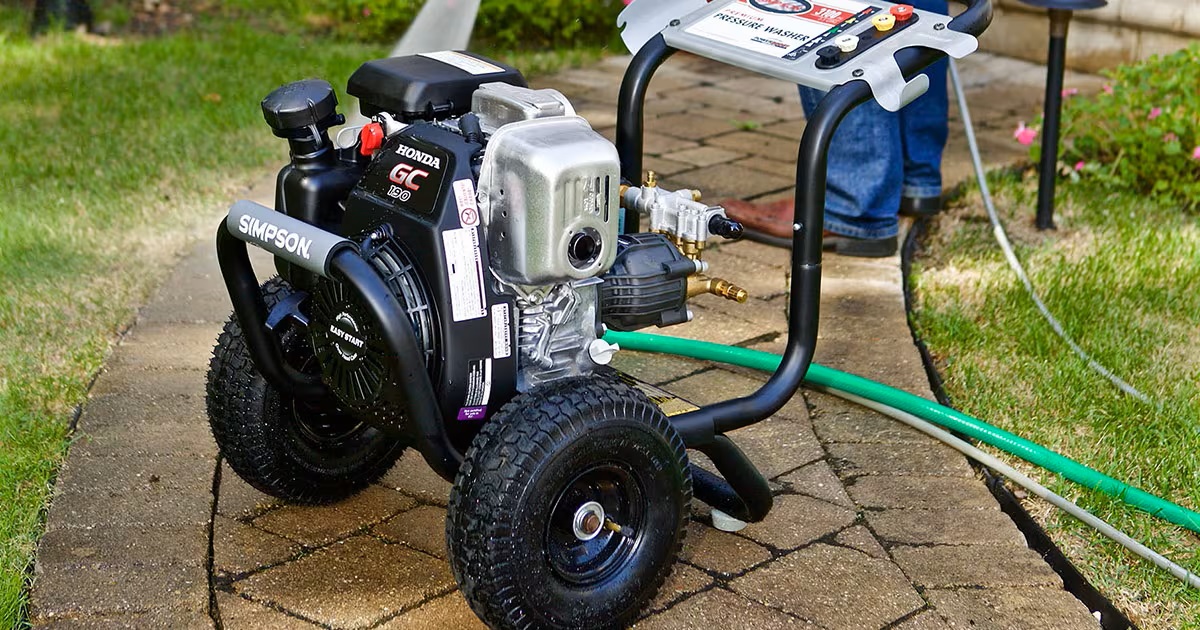

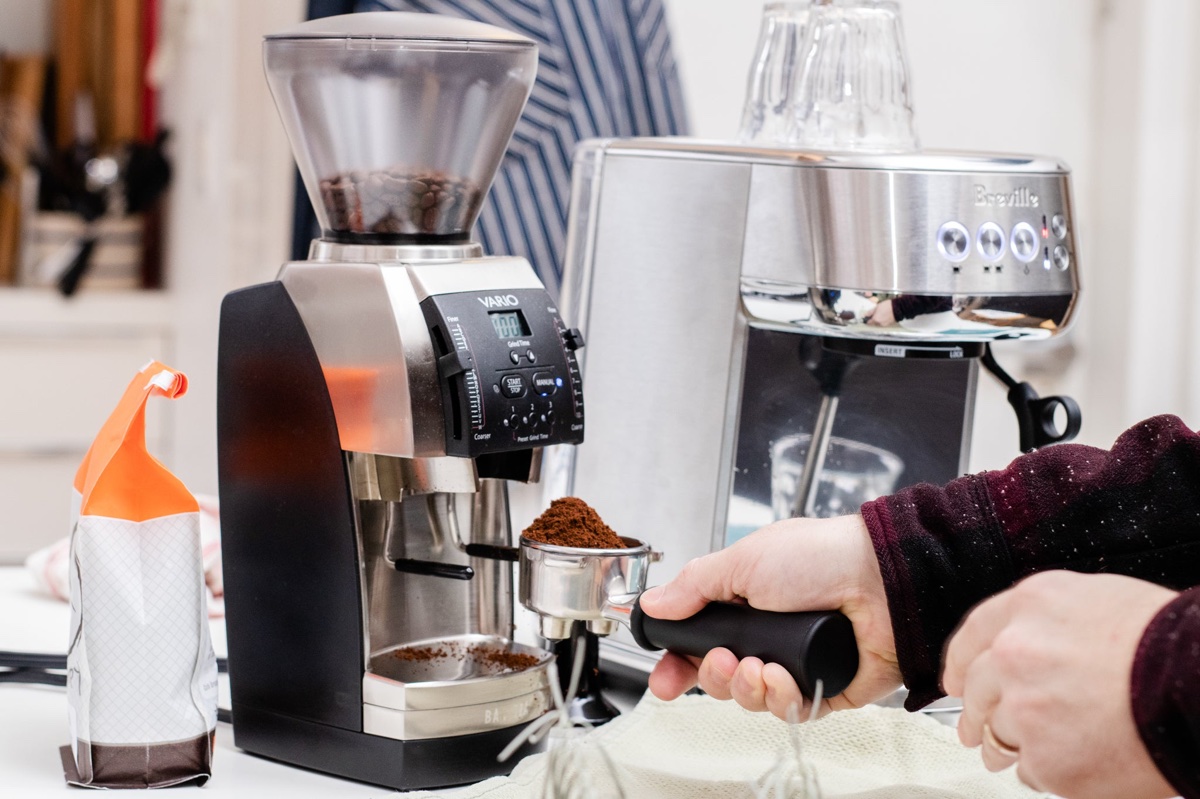
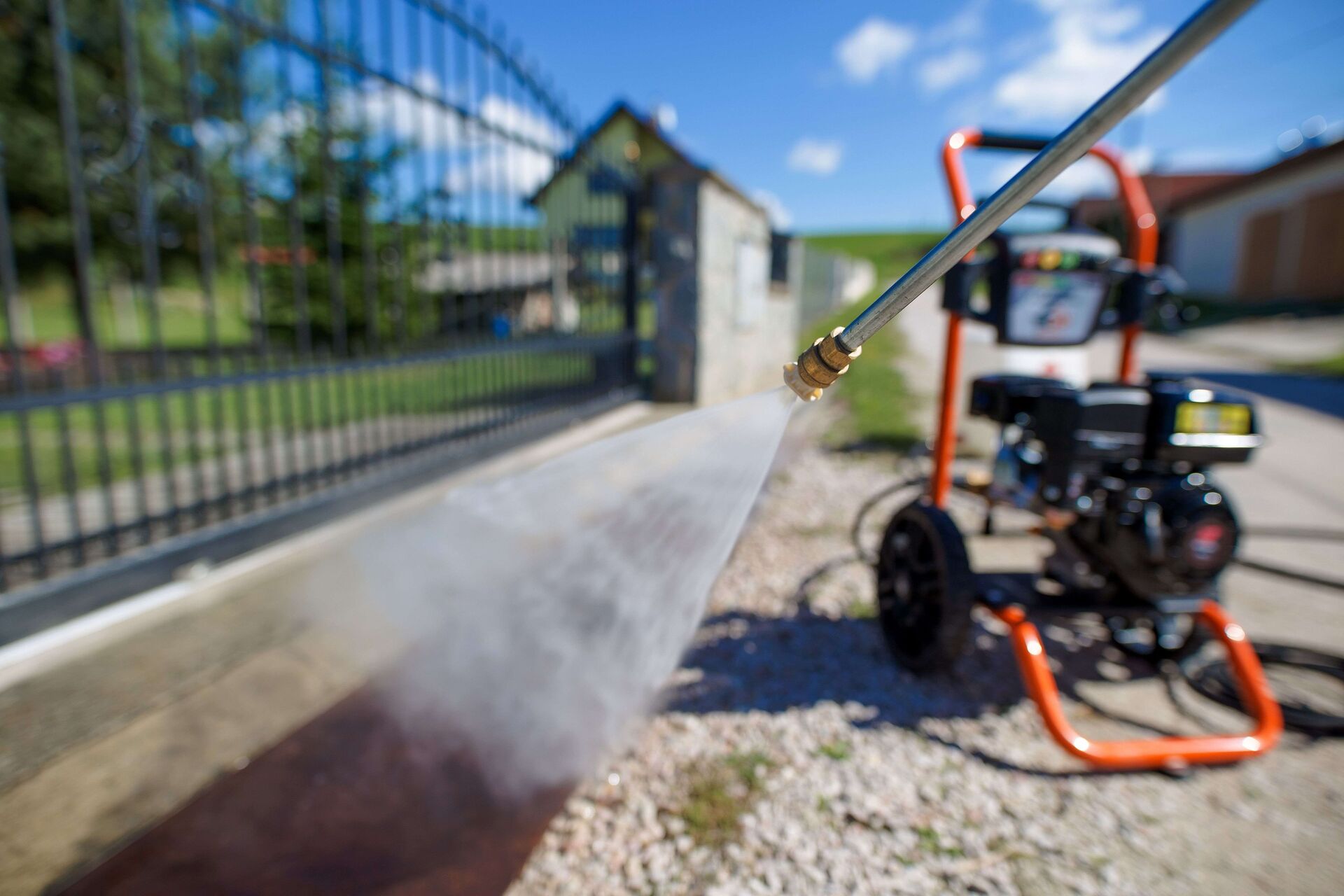

0 thoughts on “How To Start The Washing Machine”